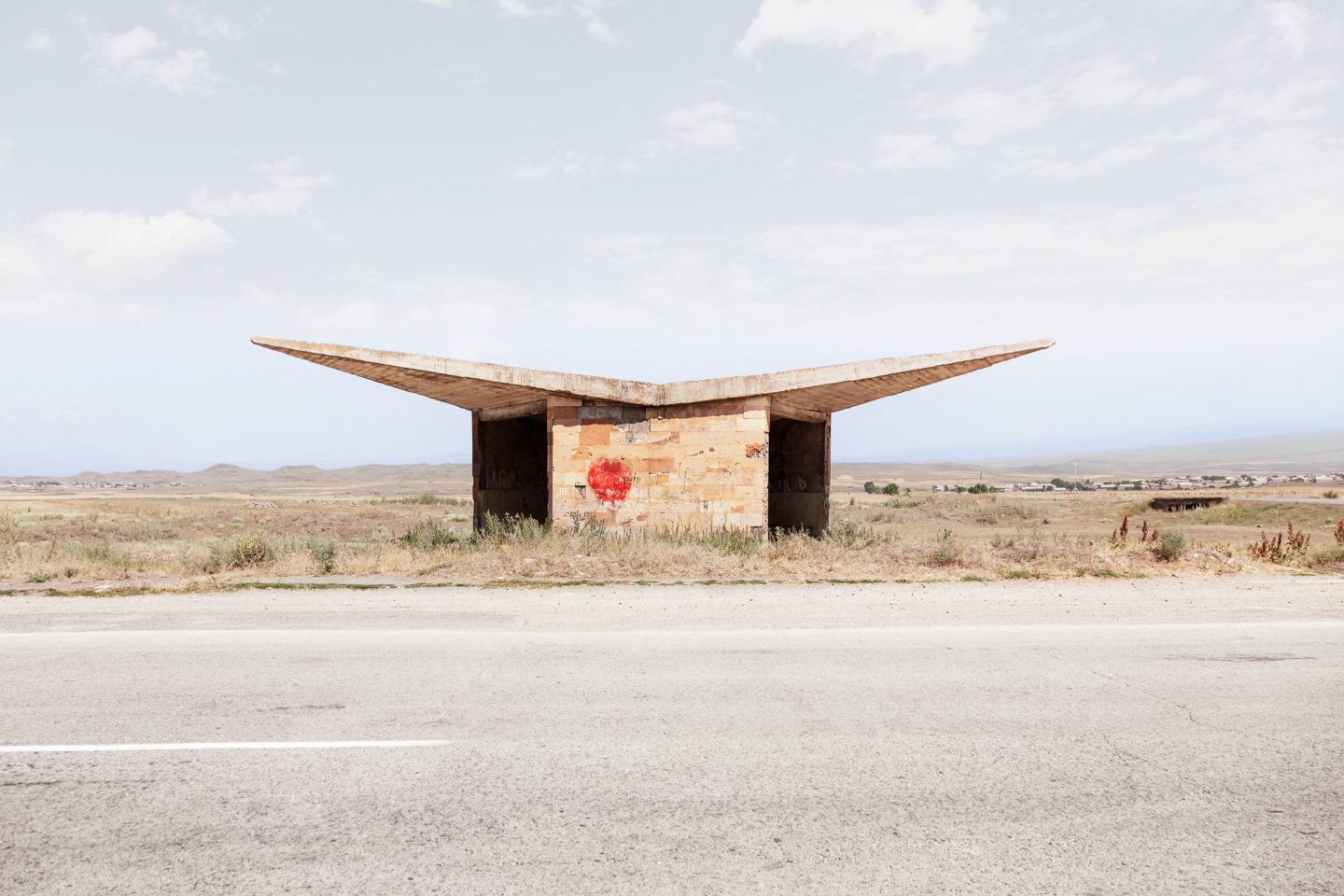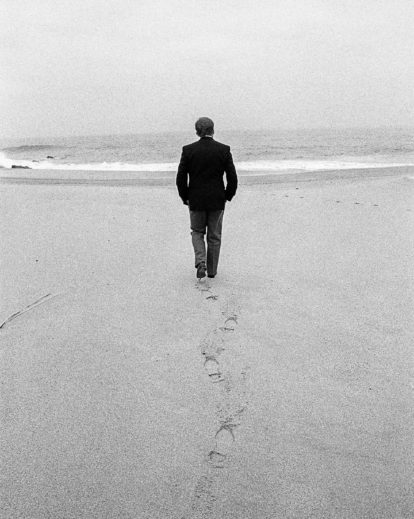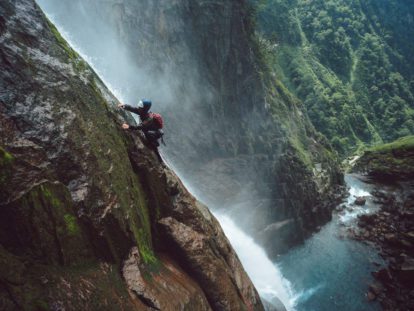In 2002 I decided to ride my bike from London to Saint Petersburg, with the challenge of taking one good photo every hour. The subject didn’t matter as long as it was interesting. Those 3,000 kilometres across Latvia, Lithuania, Estonia and Russia forced me to notice details: graffiti, smokestacks, gardens, clothes on clothes lines, people waiting for the local bus. Those long roads were the start of my obsession.
In 2003 I moved to Almaty, Kazakhstan, and for three years I explored the five former Soviet republics of Central Asia. The stereotypes were all there: concrete apartment blocks, generous vodka shots, towering statues of Lenin. But so were the eccentricities that defied the Soviet conventions.

In Canada, where I come from, bus stops are all the same. But in the former Soviet republics, many were unique, imaginative, and sometimes a bit mad. Each new bus stop I encountered came with its own personality. They made me realise that the Soviet Union can be remembered for more than the clichés we grew up with in the West. Behind the Iron Curtain were millions of individuals who liked to daydream, wanted to push the limits of creativity and needed a way to share it. My curiosity grew, and over the years I’ve hit the road again and again, travelling thousands of kilometres across Eastern Europe and the Caucasus, hunting down the very best bus stops.
It was surprisingly impractical to hunt bus stops by bus, so I used rental cars and taxis. Most taxi drivers were confused as to why I was interested in the old bus stops and would speed past them as if they were invisible; they were bemused as I leapt from the car to photograph something that, to them, was just a totally normal part of their landscape.










